
In 1974, Chinese farmers dug a well near the old Chinese capital of Xianyang and found strange figures. This event radically changed the idea of the history and culture of ancient China. In 247 BC Qin Shi Huang came to power and in 246 BC he began the construction of a terracotta army. For 38 years he built this monument, and only in 221 BC, becoming emperor, he called himself Qin Shi Huang, which means the First Emperor Qin.
.jpg)
Since then, as a result of excavations, several sections of a large funeral complex have been discovered. Three huge pits contained a few thousand soldiers, supposedly intended to protect the emperor in the eternal world. These statues were unlike anything that was ever discovered in China. And this mystery raises a big question: how did the imperial sculptors manage to think of this?
There were even provocative suggestions that the antique sculpture of ancient Greece had its "pernicious" influence. But what if 1500 years before Marco Polo, Greek masters came to China and taught the imperial sculptors great art?
Using modern technology, remote sensing, powerful radar, scientists came to the conclusion that the complex of the emperor's tomb is much larger than it was once believed - almost 38 square miles (about 98 square kilometers).
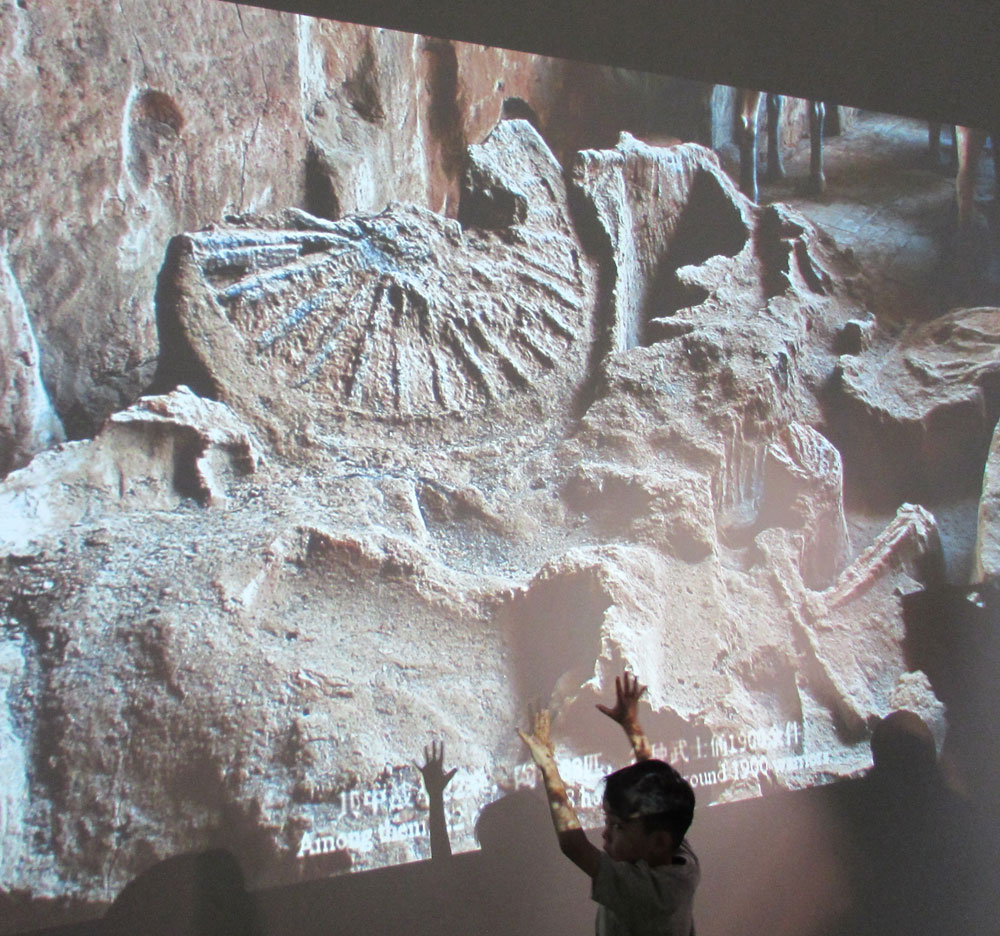
The heart of the funeral complex is a high mound, which covers the tomb of the ruler, which preserved its integrity. Many other people were also buried there. Archaeologists have discovered mass graves that appear to contain the remains of artisans and workers, including convicted criminals in chains that died within three decades required to create an imperial mausoleum.

Every soldier of the "Terracotta Army" is depicted with unique facial expressions and positioned in accordance with rank and status. Until now, largely paint stains hint at the bright clothes of the warriors. The clay army of Qin Shi Huang consists of warriors, but standing empty-handed, this is a multitude of detachments of unarmed men. This raises a lot of questions: why without weapons? Or someone disarmed them?
But when Chinese archaeologists excavated around the figures, they found a large array of weapons from bronze swords and halberds to crossbows and about 40,000 arrowheads that were assembled in 100 pieces to fit more easily into the quiver.
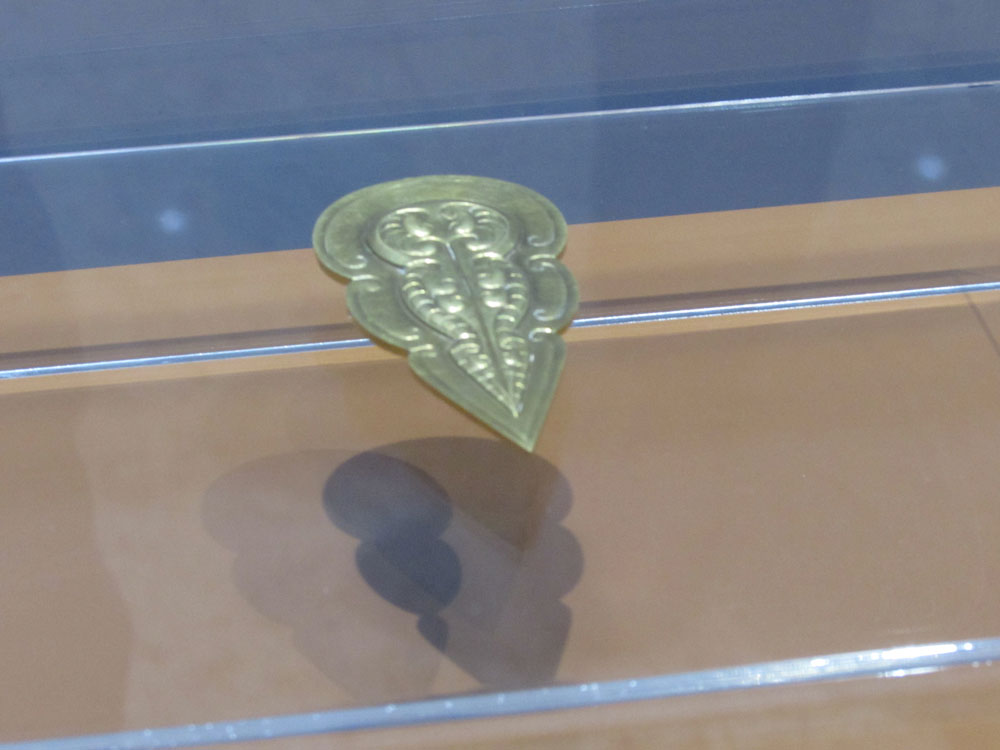
To obtain information on the production of weapons for terracotta soldiers, Chinese archaeologists have studied a large number of weapons samples, analyzed the chemical composition of the metal and studied small inscriptions carved on their surface. The results were stunning. The production of weapons and armor was not carried out on the principle of a system of assembly lines, when one worker produces one type of detail - a bronze arrowhead and the other, say, a bamboo arrow shaft, and then send their blanks to artisans who collected everything together to create weapons. But the chemical composition of the arrows showed another picture. In every detail the chemical composition was slightly different from those in neighboring quivers. This proved that the imperial armourers were versatile artisans who, working in small workshops, made weapons from beginning to end. And in the case of defect, every gunsmith could be held accountable.

This year, terracotta warriors for the first time left their emperor and were taken to Kazakhstan. An exhibition was organized in the National Museum of the Republic of Kazakhstan to familiarize the people of Kazakhstan with a masterpiece of world art - terracotta warriors of the Qin Shi Huang emperor, included in the UNESCO World Heritage List.

Addressing with a salutatory word, the responsible secretary of the Ministry of Culture and Sports of the Republic of Kazakhstan Kuatzhan Ualiyev congratulated the people of Kazakhstan on the opening of the international exhibition “The Terracotta Army of the Emperor Qin Shi Huang and noted that such a unique monument as terracotta warriors is nowhere in the world”.
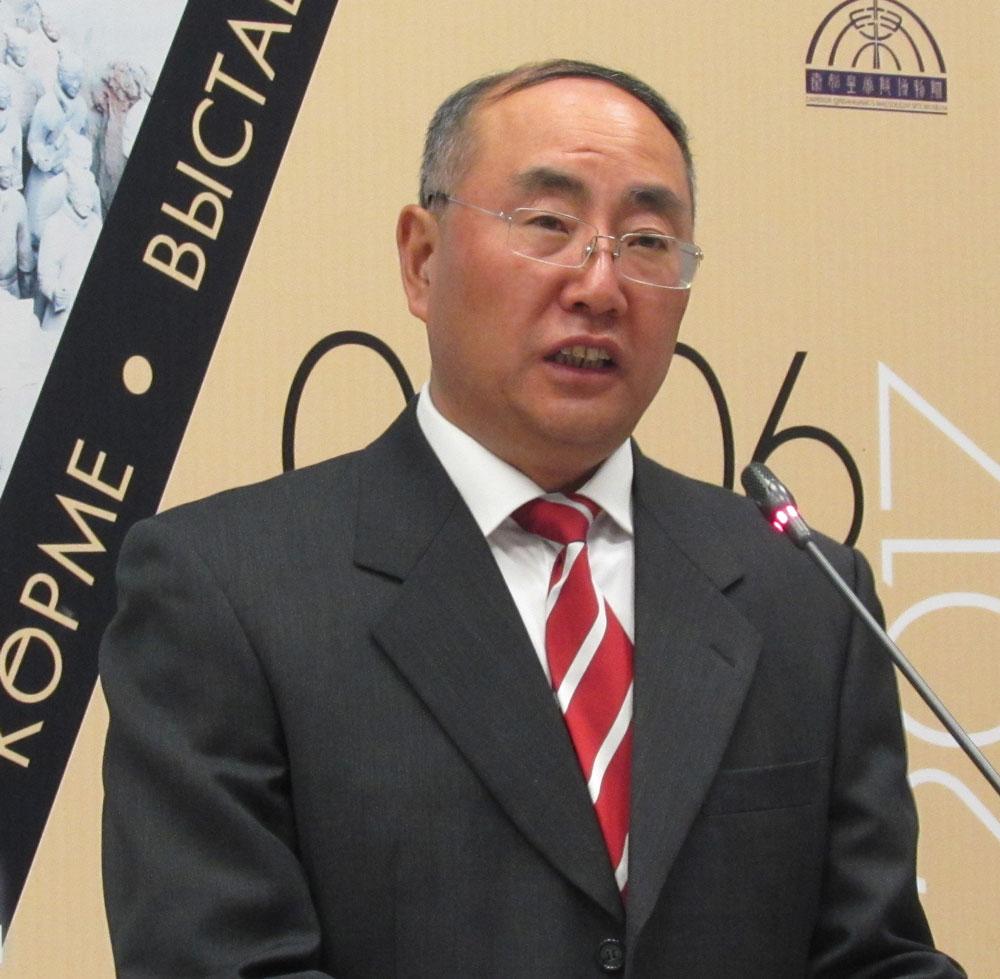
Welcoming participants of the exhibition, Director of the Cultural Monuments Department of Shaanxi Province Zhao Rong congratulated those present with the opening of the exhibition on behalf of the Cultural Monuments Department of Shaanxi Province. He noted that the exhibits are original and this exhibition is organized by the Department of Cultural Monuments of Shaanxi Province for the first time. "Let the exhibition serve as a bridge for further strengthening of friendship between us," Zhao Rong said.

The well-known archaeologist, Professor Zeynolla Samashev recalled that in the III century BC in China there were 50 states that fought each other. And it was Emperor Qin Shi Huang who managed to unite all states into a single empire. At the same time the terracotta army of the emperor has a close connection with the history of Kazakhstan and our ancestors. It is important to note that the Chinese adopted from the nomads the use of horses in the military cavalry, the Altai Turks learned to use a saddle that the Chinese had not had before.
The exhibition features 4 warriors. Each warrior is unique, his features and clothes are different in rank.
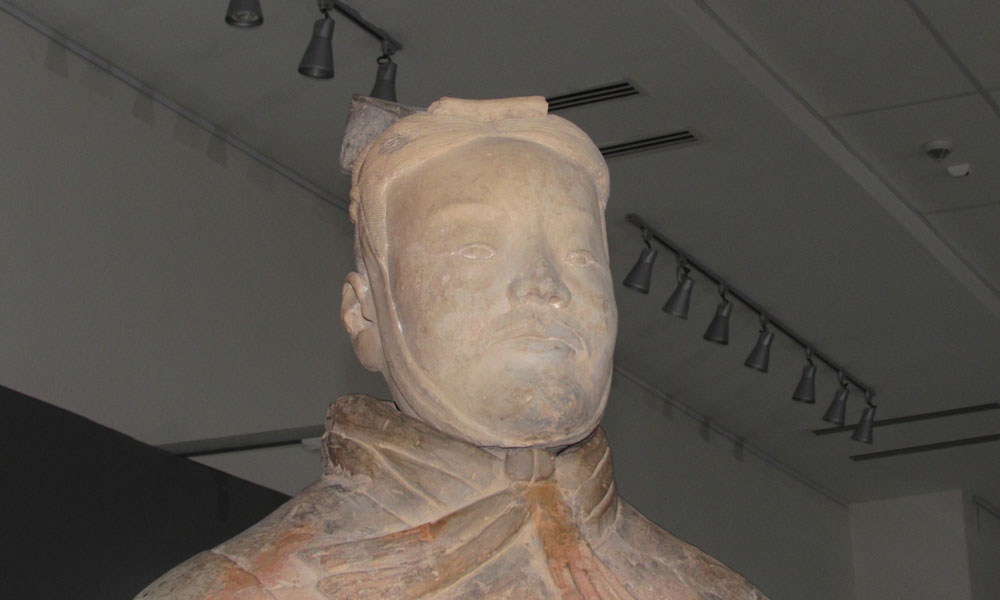
The first warrior is considered an officer of the highest rank, his height is 196 cm, and that is, this monument is built almost in human growth.

The next warrior is an officer, but he is lower in rank and therefore his height is 194 cm, so they differ from each other in height, appearance, and clothing. By dress, you can determine to what rank and status their owners belong.
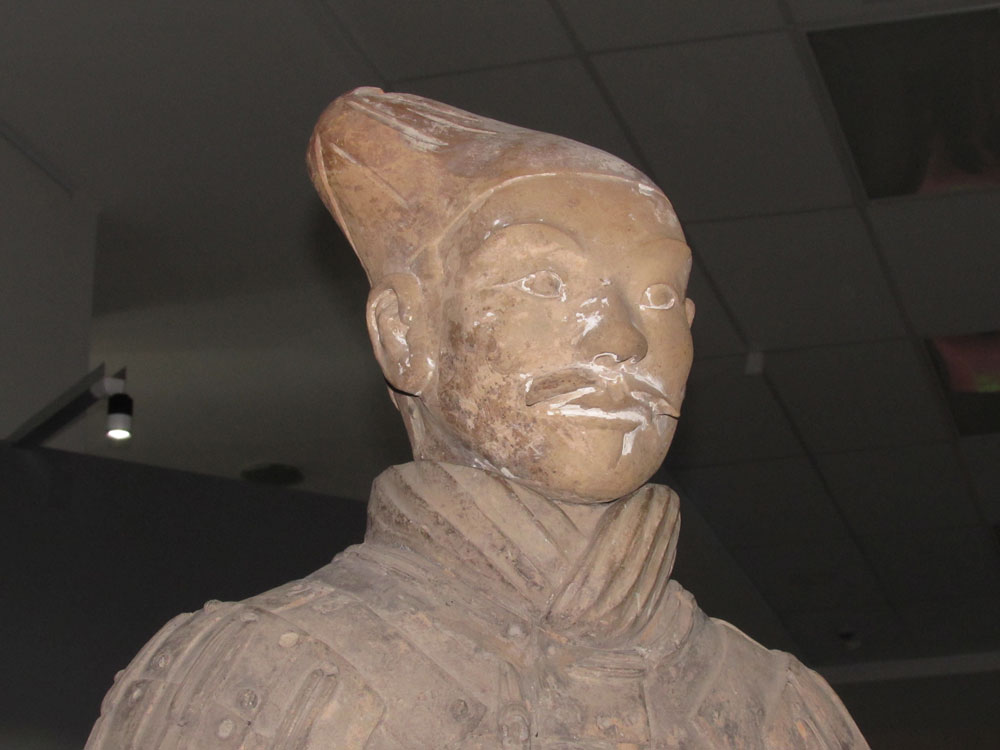
The third warrior is a cavalier who fought mounted on a horse.

The last monument is a soldier-infantryman. The soldier's height is 183 cm.
The exposition presents items found in the burial: weapons, shingles, utensils, tools, gold and silver ornaments, and household items. The very burial of Qin Shi Huang has not yet been excavated. It must be said that the local people believe that when the burial is discovered, the war will begin. Therefore, the burial still stands untouched.
The terracotta army is listed as a UNESCO World Heritage Site. They were visited by many presidents, royal people; this is really a great heritage of China.

After the opening of this monument three expeditions were conducted, which allowed to restore 8099 terracotta warriors and terracotta horses of the imperial army. But this is not the final figure.
Subsequent studies will certainly increase the number of terracotta soldiers. The emperor believed it was necessary to live in a different world, as in this world, so the terracotta warriors were like assistants to his personal army, so the remaining soldiers of the army will be found.
Necropolis of Qin Shi Huang stores other terracotta treasures, including figures of acrobats, dancers and other artists in full size. But these secrets of the mound of the emperor are still waiting for their researcher.
Translated by Raushan MAKHMETZHANOVA
